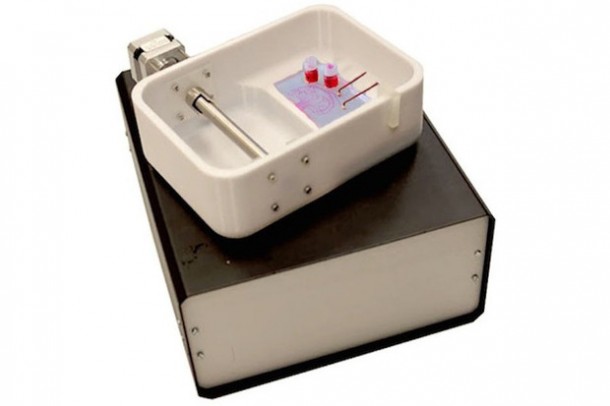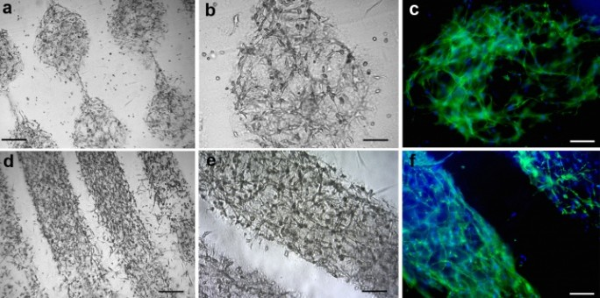

The team that has been working on the project since 2008 has accomplished developing a second-generation, pre-commercial prototype which is actually smaller than an average microwave. This makes it portable enough to be carried and has the potential of transforming burn treatments in the rural and developing areas around the world.
Ninety percent of burns occur in low and middle income countries, with greater mortality and morbidity due to poorly-equipped health care systems and inadequate access to burn care facilities, says Jeschke. Regenerating skin using a patients own stem cells can significantly decrease the risk of death in developing countries.
Until now the 3D printed skin grafts have only been tested on mice, but the team is planning to move onto pigs before the clinical trials on humans can be initiated in the next few years. The makers were recently named as the Canadian winners in the James Dyson Awards of 2014. They were awarded US $3500 to continue development and it also puts them in running for the $60,000 prize. Check out the video below for more details:
